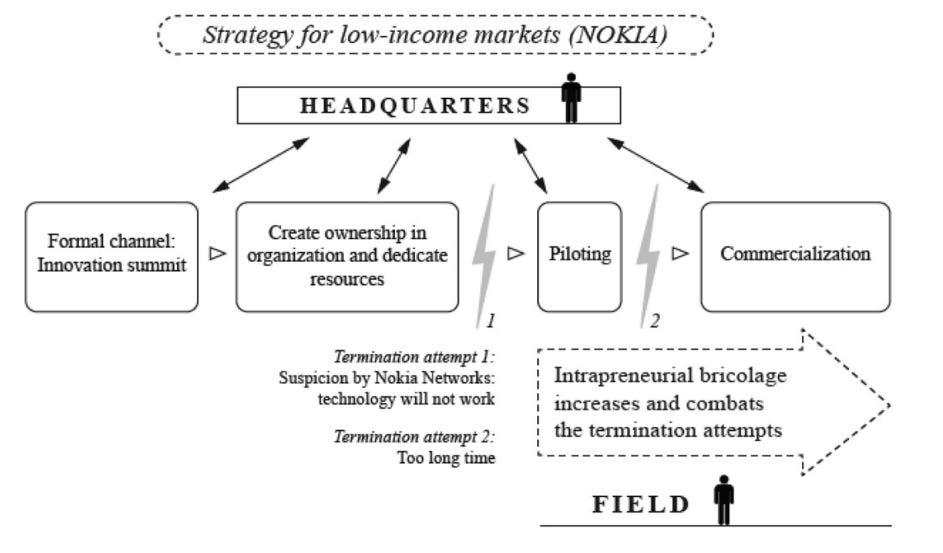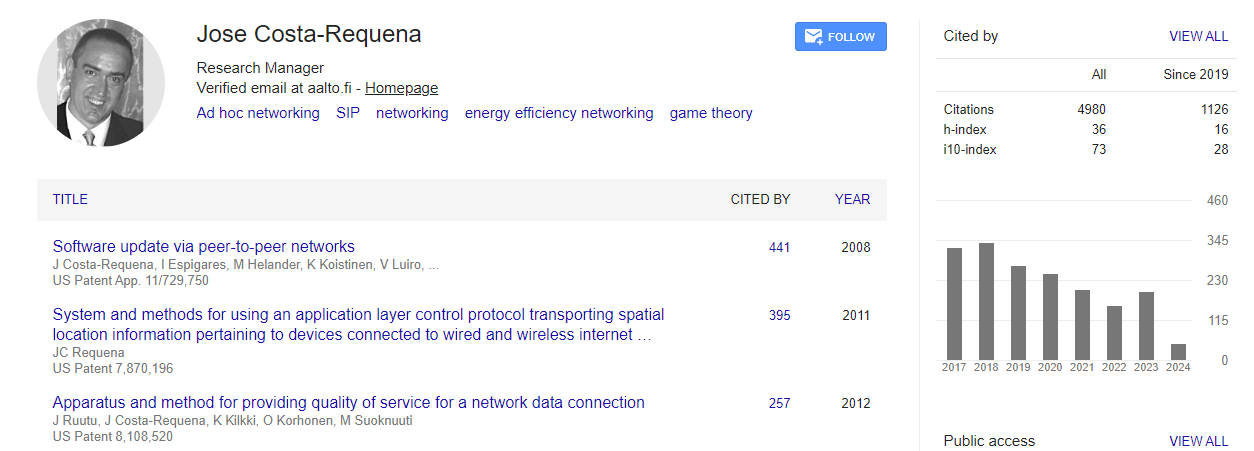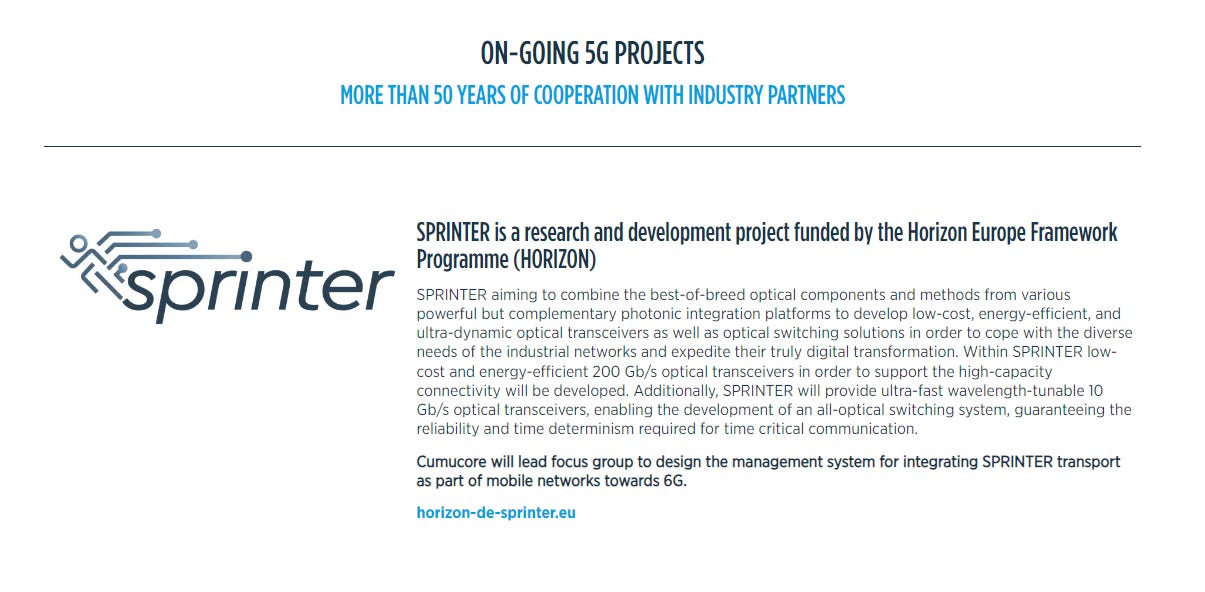A story of how cellular networks could have helped democracy
This week brings you the story of Mika Skarp. His current work on private networks starts from somewhere quite original. No, I do not mean Nokia, I mean the Village Connection (VilCo) initiative.
Village networks: maybe first private network with a simplified core
The story of Mika starts, at a place quite well known from my side, at Nokia. He has been with the Nokia at the time of its peak valuation. As any successful firm Nokia was looking in different directions to put this money into future use. Mika was assigned to one of those projects. (Later on this assignment was changed and became more a self driving initiative by Mika.)
This project was called the “village connection”. Idea was simple: let us have a simplified network where the experienced person in a village can manage the network. This was possible with a virtualized core on a Windows NT machine. This enabled calls and SMS for 300 users. One or multiple base stations to be deployed and a handful of cell phones to be given to the people of the village.
Each village subscriber would pay 2-3$ s monthly to and sustain the costs. Initial financing could have gone through government or foreign aid.
Initially launched in 2006, this has been trialed in India, Tanzania and South Africa, says Mika. It has not been a commercial success. I asked why it was the case. Mika´s first answer was we stayed on Windows.
Side comment: Maybe one of the first signs that Microsoft and Nokia do not mix well.
Then he goes into some details:
For village networks, we needed to enable roaming, he says. And as you know in roaming both the host and visited network earns some money.
It turns out that big MNOs do not want small villages to start earning some money.
Editor comment: I personally do not understand the issue as for the operator the customer anyways pays them the lion's share. Operator only has to give some part of it to the village networks.
One can argue that it can be exploited later on where people may start setting up many private networks if they see there is some potential to earn money. This of course creates some unfair competition as private networks have some simplified core that is cheaper compared to complex machinery of MNOs.
Post interview comment: I wonder which frequency license was imagined to be used by those village networks. If frequency was one important blocker. We may see this space revitalized with local frequency allocations like CBRS in the U.S.
Source is an interesting article that is underlining the impact an employee can have in each company for low income countries.
Very interesting read on Mika´s ability to keep Village Communications (VilCo) to run in Nokia without explicit resourcing captured as exemplary corporate behavior.
Cloud street a private network with emphasis on SLA guarantees
Mika then started working on network slicing again in Nokia. He underlines that the main focus has been SLA based connectivity. To my understanding this initial work that stopped turned out to be the spin-off that is Cloud street in 2012. If you go to their website you see the “Dynamic profile controller.”
This reminds me that Mika said he is not a telecommunications expert by training but an automation expert. I connect some dots myself now speculating that his insights on private networks mainly come from his automation background. Eventually sales is all about convincing customers about the value you bring.
Mika: With private networks it is not about how good the network is, it is about how good is the process enabled by the network.
Editor note: One analogy can be that if there is water service connected to the nuclear power plant. Nobody cares about the quality of the water as long as the water is sufficient to cool the plant and the power output is sufficient.
I think he meant to say that the tangible value delivered by connectivity is hard to bring under the light.
He adds one successful outcome of CloudStreet is integrating their solution to a TV production facility in Finland.
He shortly wraps up saying that this was a 7 year journey. He closes by saying that with the private network momentum of 5G this was exciting times for me again.
Cumucore a simplified core with SLA guarantees
He says in this new phase he is part of the journey of “Jose Costa-Requena”. He shares proudly that Jose has also been part of Nokia and Aalto University. You can find out that Jose has delivered his PhD thesis in 2004 (my aim is not to reveal his age but to give the story with clear milestones.).
(As someone working in Nokia to develop and protect concepts, I really admire that his most cited papers are patents with an incredible number of citations.)
In 2009 Jose had a spin-off with an IPTV platform with which he successfully exited. ( I sweeped Jose´s scholar but I could not really find the name of the company that he exited with. It is also not there in his LinkedIn bio.)
After the exit, Mika says that Jose basically decided to write a virtualized core by himself. The use-case was Aalto university wanted to have a private campus network. (This reminds me of the similar story of Technical University of Munich where Prof. Kellerer led a public tender that was fulfilled by a Dresden Startup Campus Genius to have a private network delivered on the city campus even including a mobile base-station. We need to also get them an interview as well to start collecting a 365 view of the eco-system.)
He says that Jose is one of the first ones in this domain to have a 4G core in Linux. He adds, then the OpenAirInterface Core and similar ones appeared. He underlines that the beginning has been a close collaboration with the university. The work was using Nokia base stations as the location enables such an opportunity. This work enabled many research projects on autonomous driving and still enables many research projects that benefit Cumucore (their website quotes 11 research projects including Horizon (visionary European project for next generation.)). Then, Cumucore spinned off from university.
Then I ask for the main differentiators they have. He gives a combination of things. He emphasizes that 5G works as a local area network with time-sensitive network (TSN) capabilities integrated. For those that do not know TSN is a tight synchronization service between separate devices.
He adds that most of the work is in R&D phase and there are around 10-20 different partners and the customers go on evaluating the technology after the trial phase.
I ask about arguments from project partners to use private cellular networks instead of WiFi. He pulls an interesting argument.
WiFi works until it does not. This underlines the importance of a reliable connection. Indeed WiFi has issues with high load, shadowing and interference. He adds that in a large factory we can come down to the WiFi price point. That surprises me, he adds that “The output power of an indoor base station can be higher than the 1 W output power of a WiFi access point. So we can actually achieve the same coverage with less access points. “
One interesting story is that I asked Mika whether wired communication is a candidate for replacement. He said in factories it is all about CapEx. I understand from this statement that it is hard to replace existing cabled solutions. Then comes the issue that even for new factories who will test an untested technology.
He adds an interesting story where a Forklift driver has in his contract that he needs reliable wireless connectivity. If the wireless does not work he does not have to work. I guess due to possible security issues. So a mobile forklift would have issues to maintain connectivity with WiFi understandably. Currently, they have a proprietary FM transmitter to enable connectivity for this use-case, says Mika. He adds that we are happy to provide solutions for such scenarios. I guess they need more than such niches but it is very interesting to hear.
A final observation he adds that in China 4G and 5G based private networks for autonomous services are on the rise. This is an interesting thing to consider. I have seen in the last year that the U.S. especially underlines that they are behind on 5G or 6G compared to the investments done in China. It looks like China is indeed making big investments directly. While all of this is on-going Europe (disregarding the fact that they have been the market leader in telecommunications) has the stance that there is no new challenge in communications and things work (at least from my view). We will see which bet will turn out correct in the coming years. Even though there is no strong momentum in Europe, it looks like Cumucore is convinced to carve a path in these shaky waters.
At the end of the interview we went back to village networks and closed the interview with a quite sincere statement from Mika. I want to close with the same thing to share the feeling with you as well.
He was reminiscing about the attempt by village communication networks. Murat, he said, if we want we can make the world a much fairer place. The issue is we as humanity don't really want it. We are greedy. Some of us are driven with the feeling of rising up for people around us. Even though that can put serious stress, that is the underlying drive for many people that enabled the world around us and it is important to remember that!








